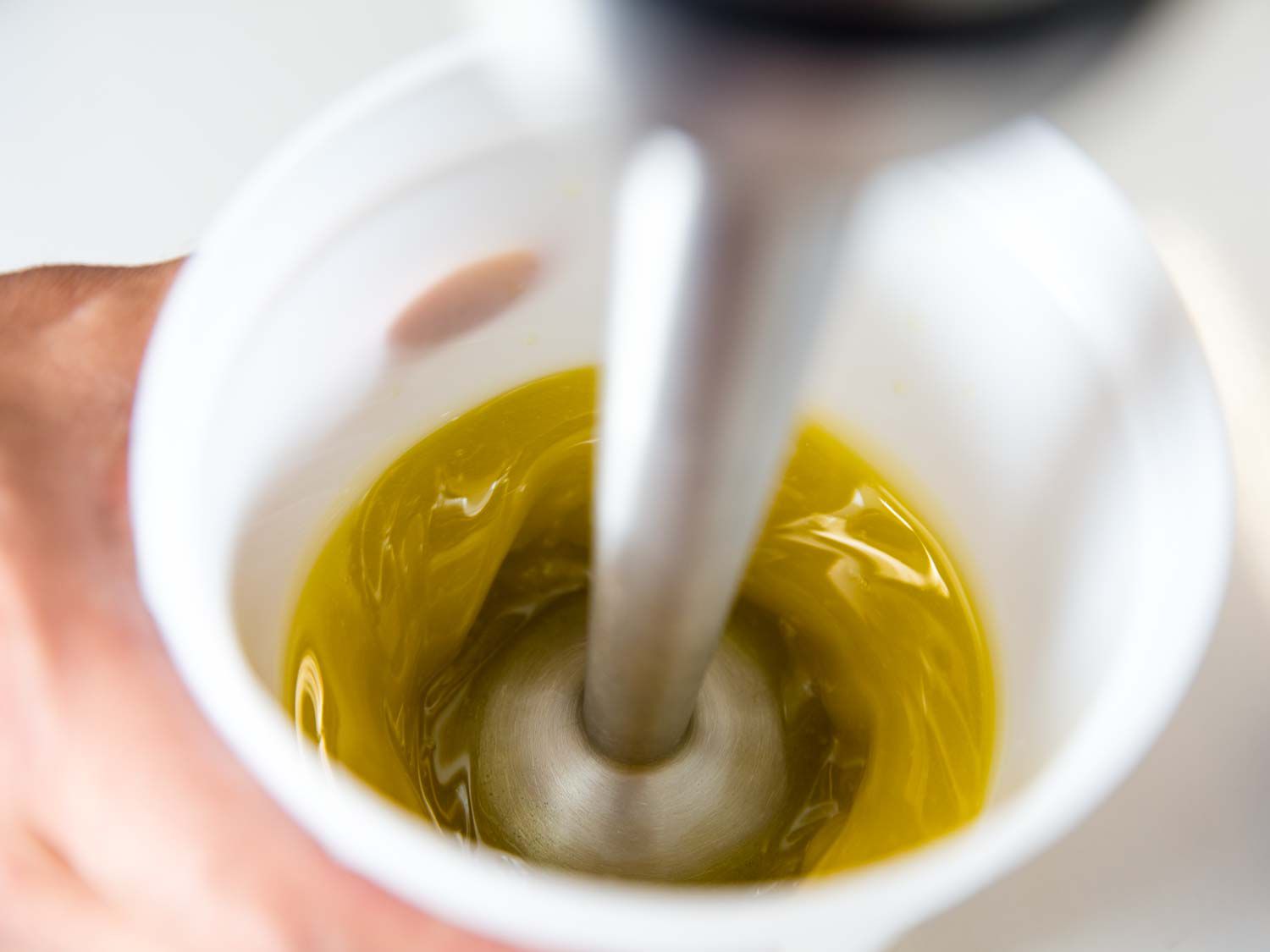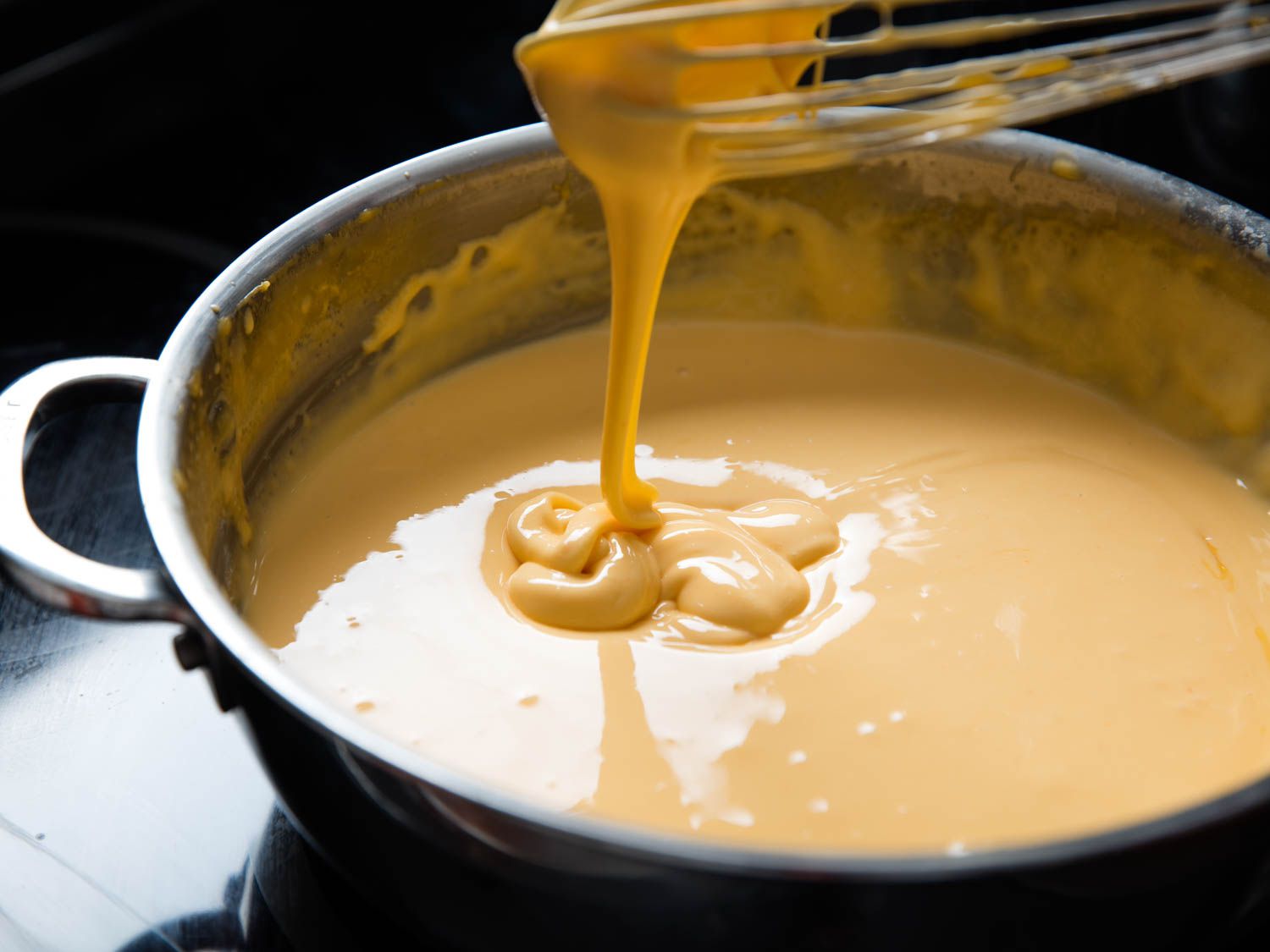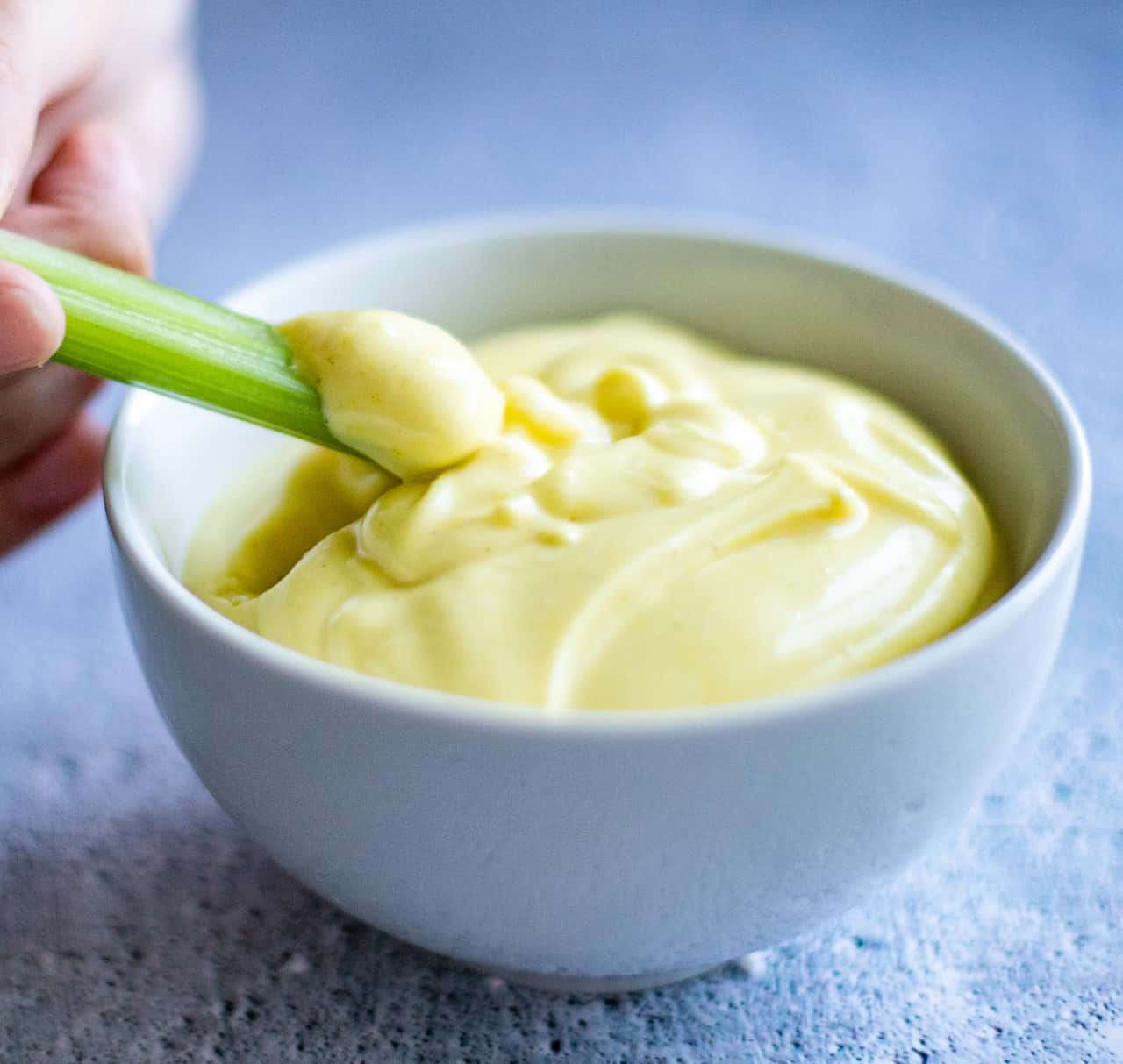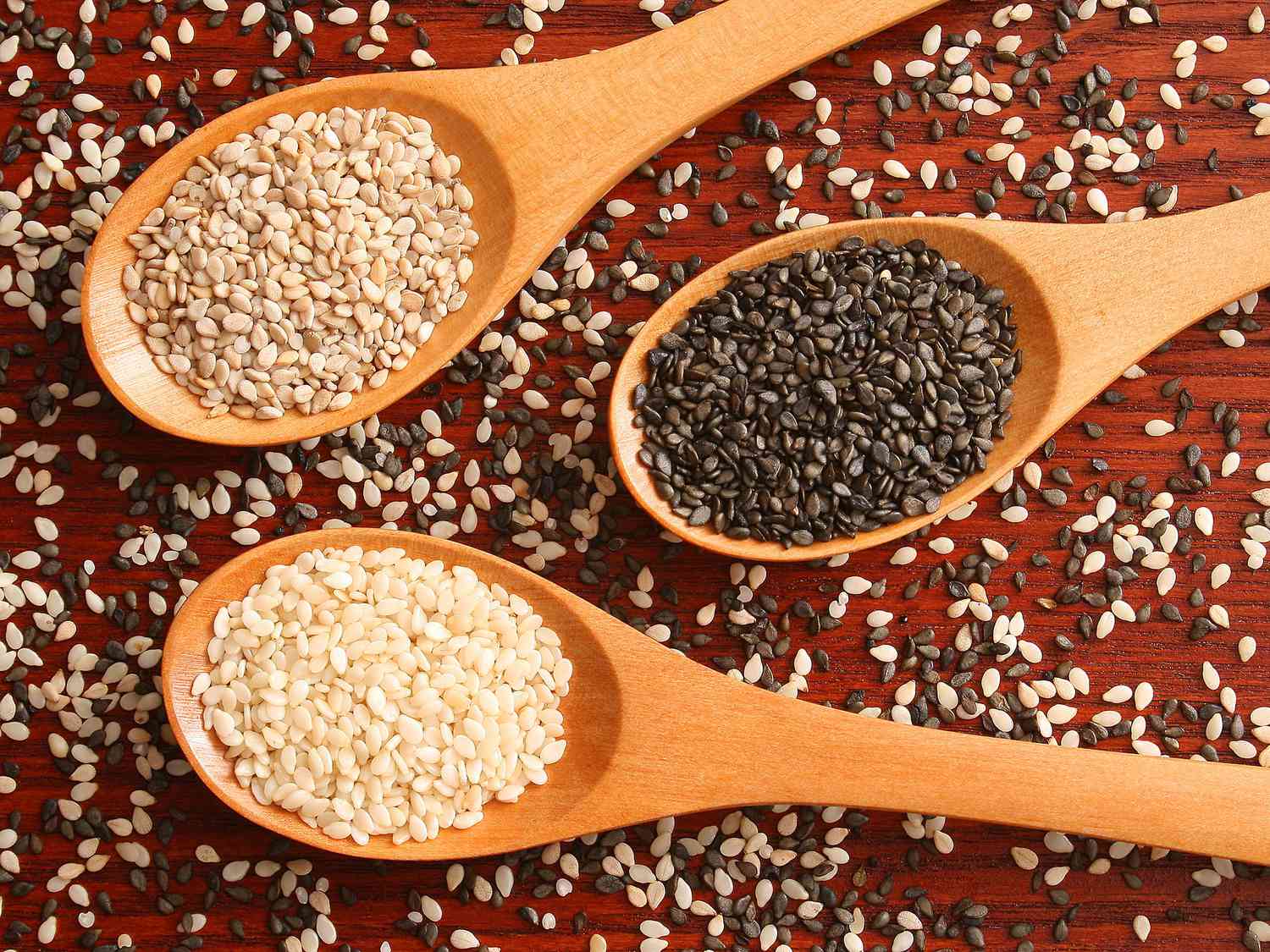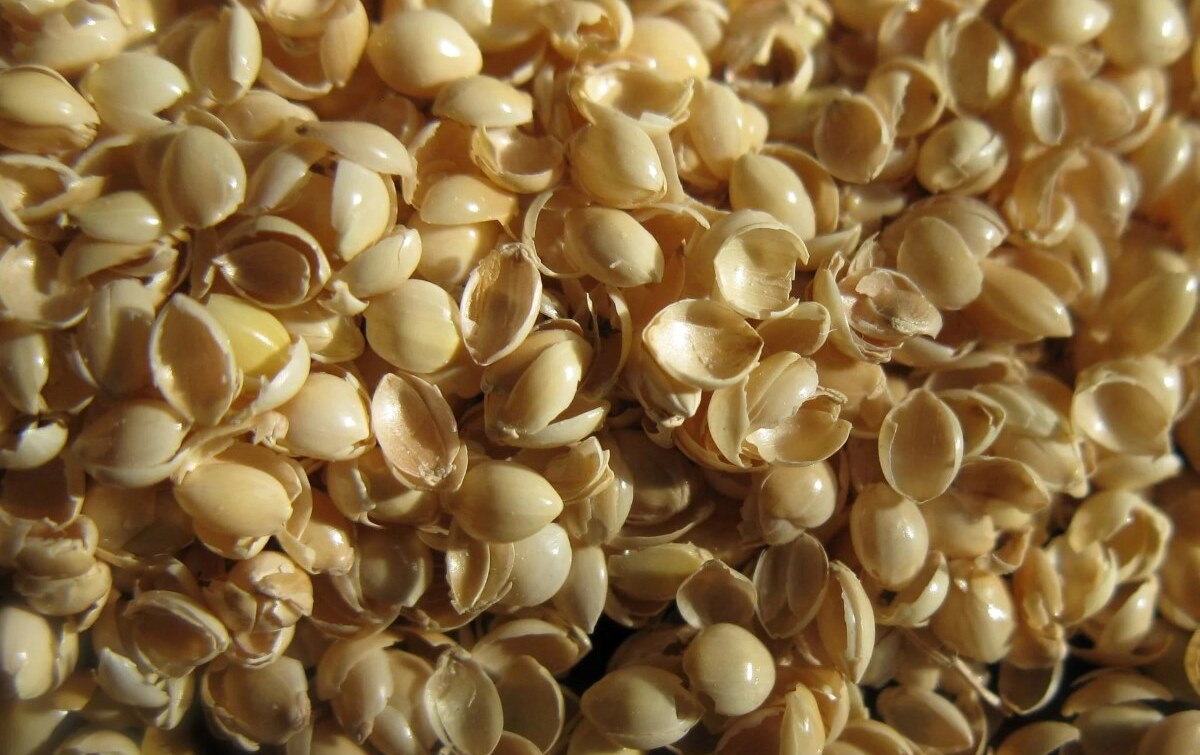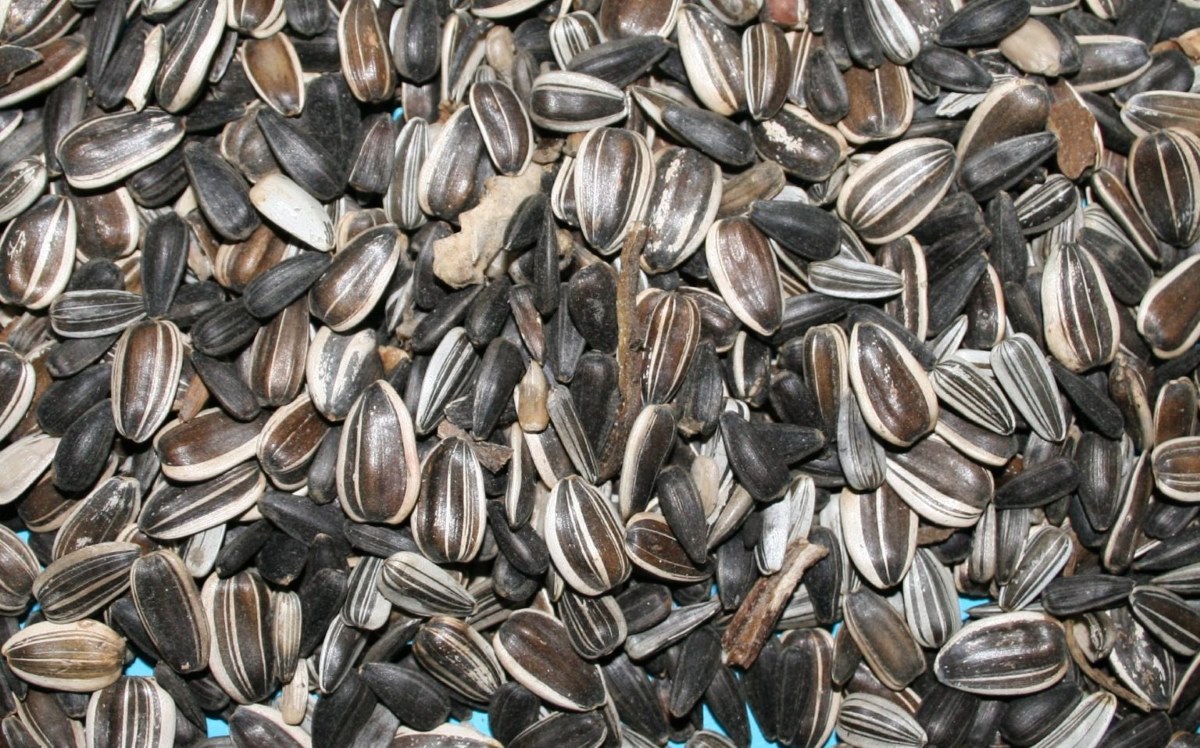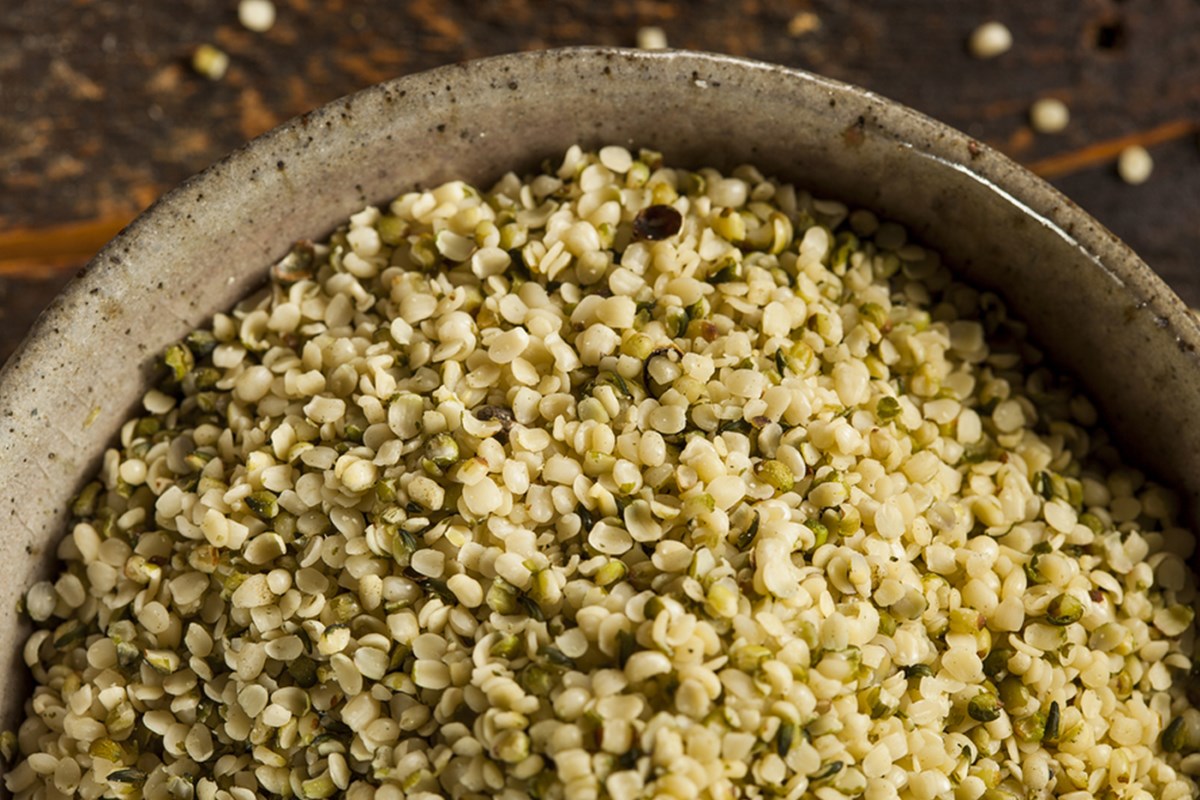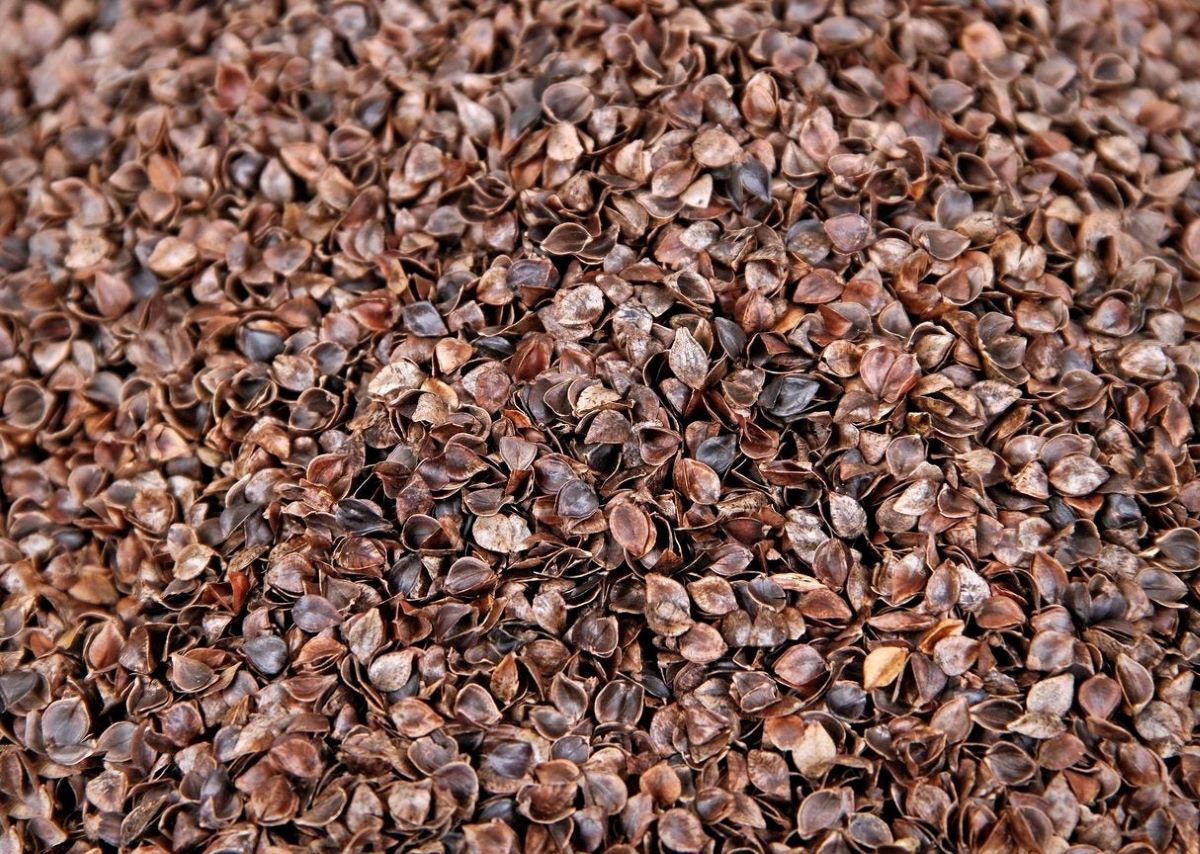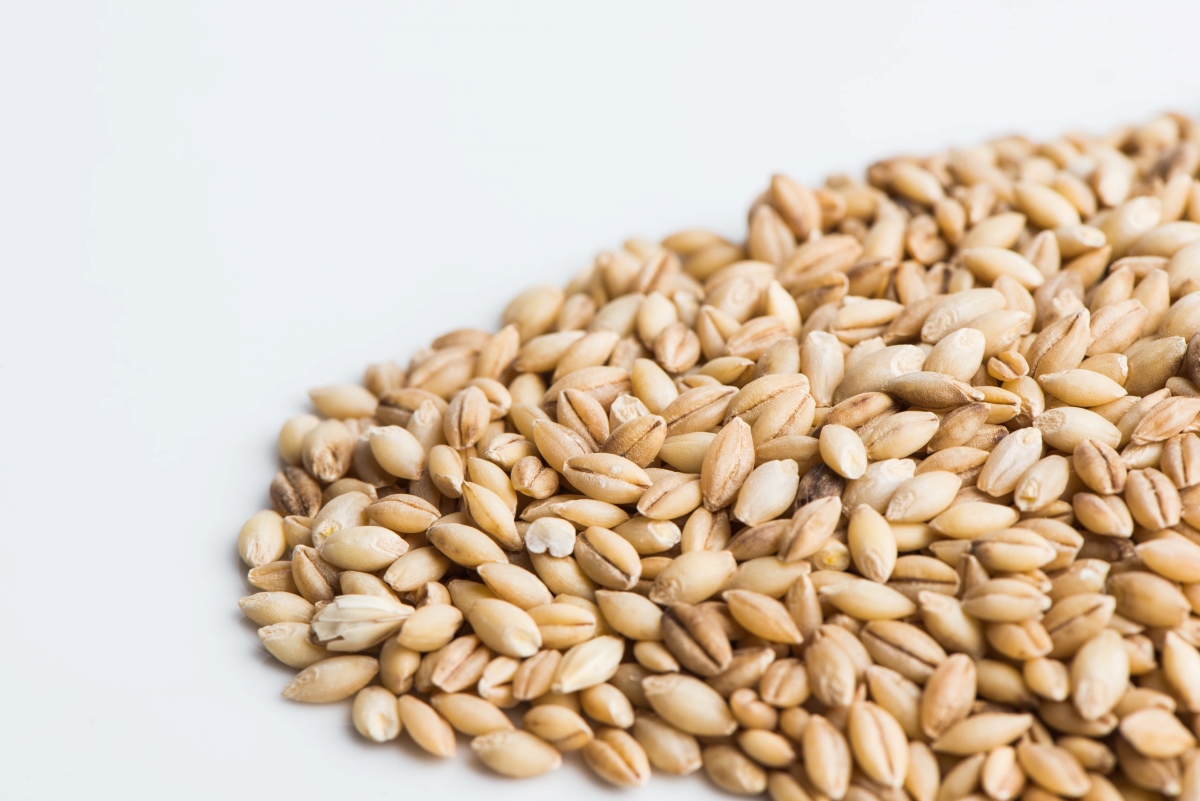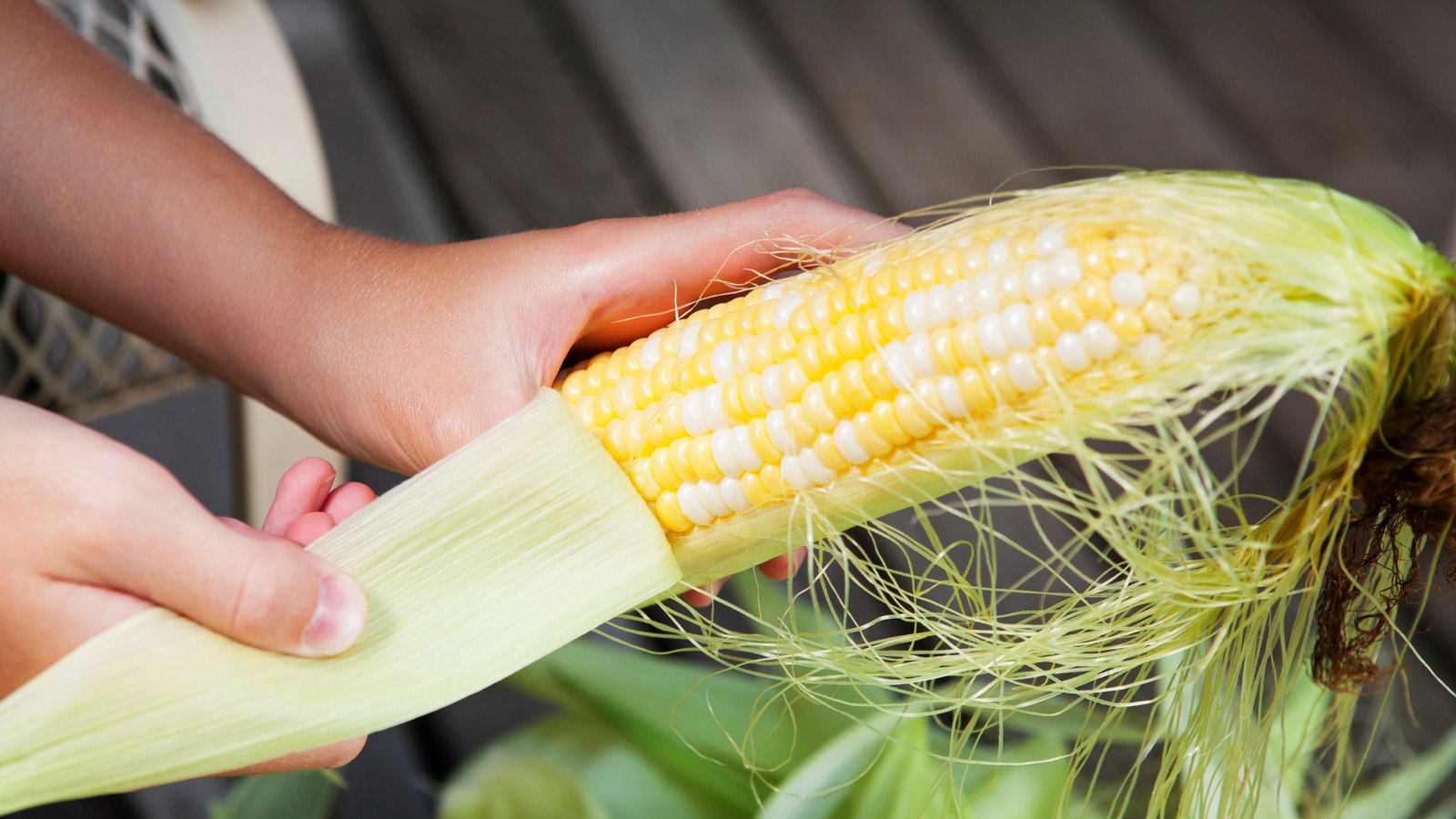Emulsifying Butter: A Culinary Essential
Butter is a staple ingredient in many recipes, loved for its rich flavor and creamy texture. Emulsifying butter is a technique that can elevate your cooking and baking to a whole new level. Whether you’re making a silky hollandaise sauce or a flaky pie crust, mastering the art of emulsifying butter is essential for achieving the perfect consistency and flavor in your dishes.
What Does Emulsifying Butter Mean?
Emulsifying butter involves blending it with another liquid, such as water or milk, to create a smooth, homogeneous mixture. This process allows the fat molecules in the butter to disperse evenly throughout the liquid, resulting in a stable emulsion. When done correctly, emulsified butter has a creamy, velvety texture that adds a luxurious touch to any dish.
Steps to Emulsify Butter Like a Pro
Emulsifying butter may sound complex, but with the right technique, it’s actually quite simple. Follow these steps to achieve perfectly emulsified butter every time:
- Soften the Butter: Start with softened butter at room temperature. This will make it easier to emulsify with the liquid.
- Warm the Liquid: Gently heat the liquid, but do not let it come to a boil. Warm liquid helps the butter emulsify more easily.
- Combine the Ingredients: In a bowl or blender, combine the softened butter and warm liquid. Use a whisk or blender to mix them together thoroughly.
- Emulsify: Continue mixing the butter and liquid until they are fully combined and have a smooth, creamy texture.
Benefits of Emulsifying Butter
Emulsified butter offers several benefits in cooking and baking:
- Improved Texture: Emulsified butter has a smooth, creamy texture that adds richness to sauces, pastries, and other dishes.
- Enhanced Flavor: The emulsification process helps distribute the butter’s flavor evenly throughout the dish, resulting in a more balanced taste.
- Stability: Emulsified butter is less likely to separate or curdle, making it a reliable ingredient for various recipes.
Using Emulsified Butter in Recipes
Once you’ve mastered the art of emulsifying butter, you can use it in a wide range of recipes. Here are a few ideas to get you started:
- Emulsified butter can be used as a base for creamy sauces, such as hollandaise or béarnaise.
- It adds a luscious richness to baked goods, such as pie crusts, biscuits, and scones.
- Emulsified butter can be drizzled over vegetables or seafood for a decadent finishing touch.
Conclusion
Emulsifying butter is a valuable skill that can take your culinary creations to the next level. With the right technique and a bit of practice, you can achieve perfectly emulsified butter that enhances the texture and flavor of your favorite dishes. Whether you’re whipping up a gourmet sauce or baking a batch of flaky pastries, emulsified butter is sure to become a go-to ingredient in your kitchen.
Explore Delicious Recipes Using Emulsified Butter
Mastering the art of emulsifying butter opens up a world of culinary possibilities. From enhancing simple dishes to creating gourmet experiences, this technique is pivotal. For those eager to test their skills, the Silky Smooth Chocolate Ganache Recipe and the Rich Lobster Bisque Recipe are excellent starting points. These recipes not only showcase the transformative power of emulsified butter but also cater to a variety of palates. We recommend the Creamy Alfredo Sauce Recipe for pasta lovers, and the Buttery Hollandaise Topped Eggs Benedict Recipe for a decadent breakfast or brunch option. Each recipe is designed to utilize your newly acquired skills in emulsifying butter, ensuring rich, smooth, and flavorful results that elevate any meal.
Was this page helpful?
Read Next: How To Emulsify Alcohol And Oil
